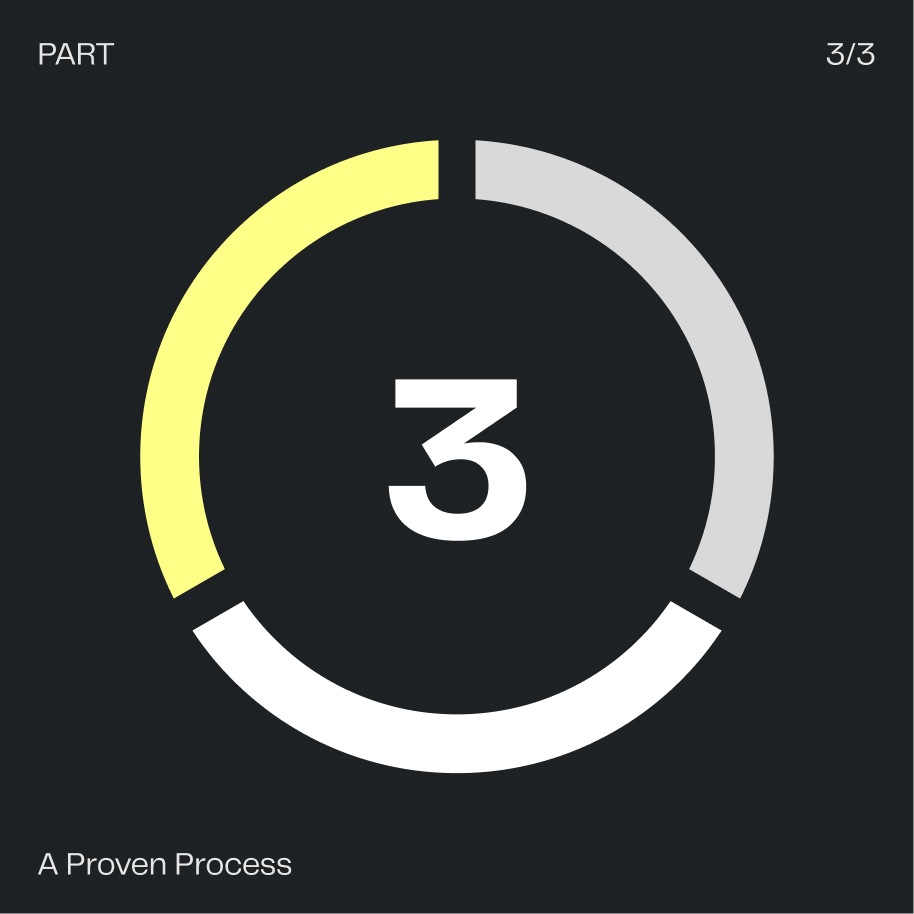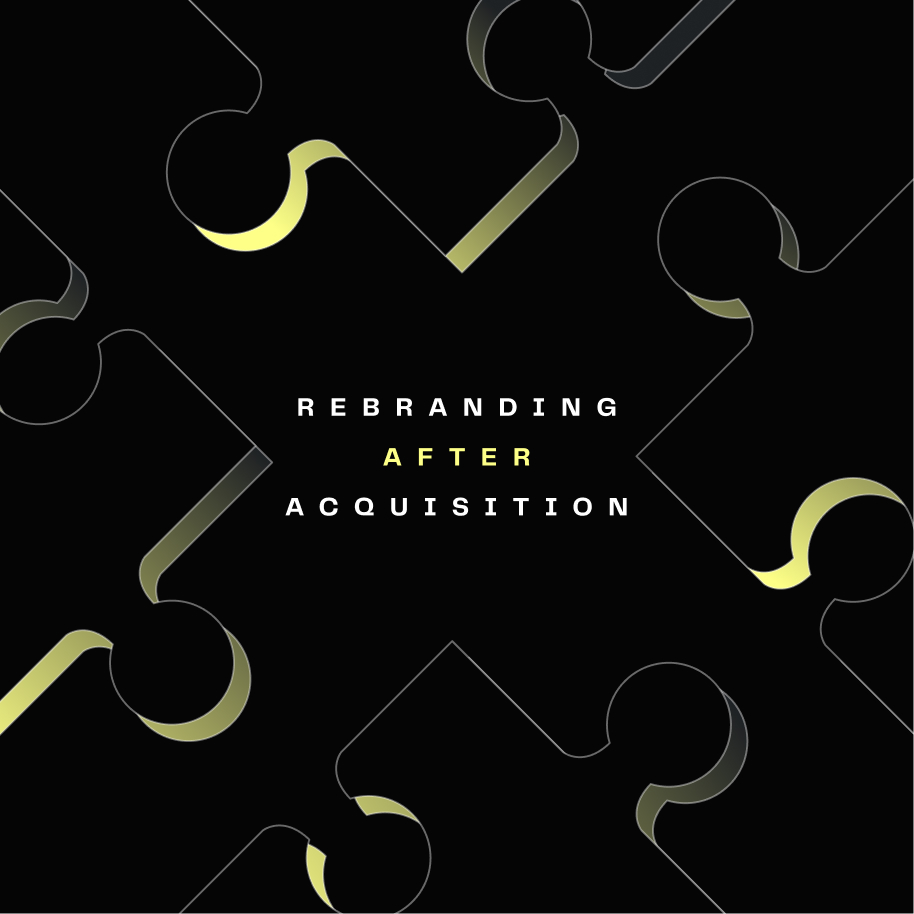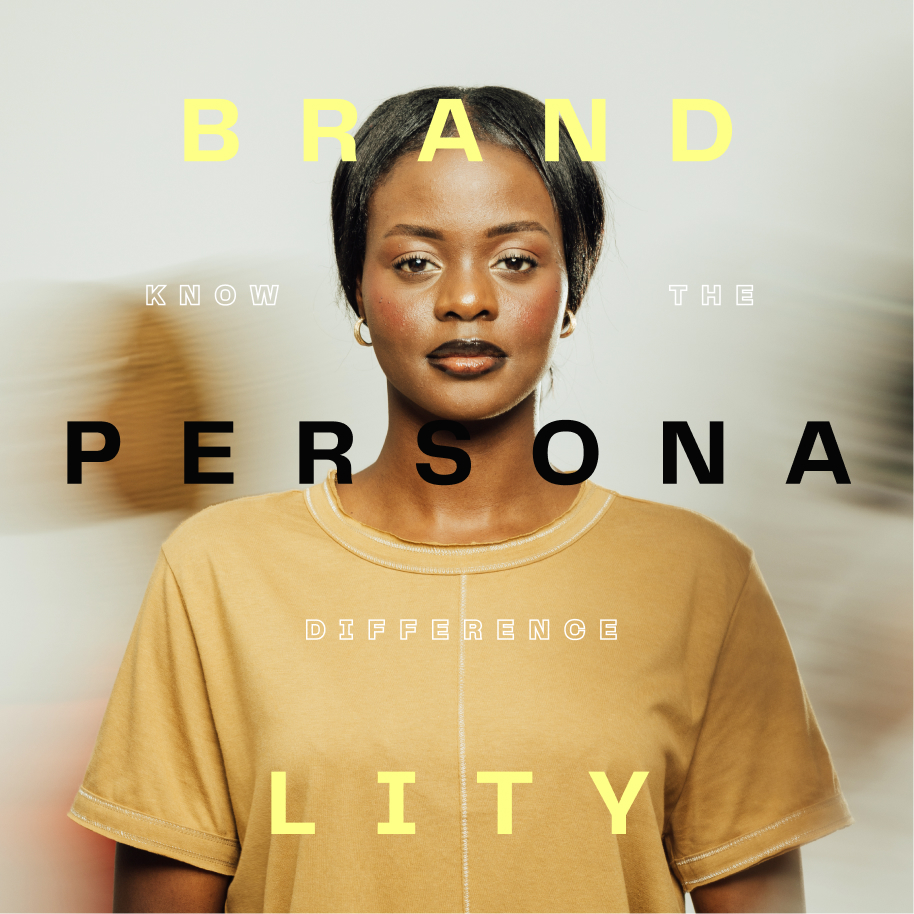This three-part series explores the fundamentals of original research for content marketing and how to use research to augment your brand’s overall marketing strategy. In this final part, we detail Sunup’s proven approach to delivering research that drives results.
In the previous two parts of this series, we posed and attempted to work through an existential dilemma almost all creative marketers face in 2023: As ChatGPT and generative AI challenge our assumptions of what constitutes “original” work, how can human marketers continue to add value?
The answer, we argued, isn’t to summarily reject AI-driven tools or view them as antithetical to human ingenuity. To us, that’s a reactionary approach reminiscent of the resistance to corporate computing in the 1980s or, more recently, the enterprise effort to curb remote work.
With both corporate computing and remote work, the most successful brands are the early adopters — the ones that recognize opportunity where others see a threat, and adapt where others resist.
After all, as the Greek philosopher Heraclitus famously stated, “The only constant in life is change,” and it’s this ancient wisdom that should guide our approach to emerging change agents within the enterprise, from computing to dispersed work to AI to whatever else comes next. In these cases, our first question shouldn’t be, “Why are things changing?” Instead, we should ask, “How can we use this change to produce better work?”
Which brings us back to original research and the opportunity it offers to combine human creativity and advances in automation to deliver value with a much longer shelf life than a typical marketing deliverable.
In the first part of this series, we defined original research as the practice of using objective data to say something new about your industry, leading to elevated brand credibility, improved PR efforts and a stronger overall marketing strategy.
We followed that up with some golden rules of research, including approaching survey writing objectively, identifying the right survey vendor and finding the best format for your final output.
Across these first two pieces, we continually reinforced that AI can and should play a role in the creation of research reports, from assisting with surveys to evaluating market research companies to helping synthesize raw data sets.
Even still, as we highlighted these practical applications of AI, we also clarified that ChatGPT and similar technologies should serve a resolutely supporting role in the original research process, since research demands a level of nuanced analysis, strategic thinking and creative collaboration that humans alone can deliver.
But human work, unlike algorithmic work, is messy, and without the proper framework, a research report can devolve into an exercise in cross-team confusion. Trust us, we’ve seen it happen more than once.
That’s why, at Sunup, we’ve worked to establish and refine a process for producing research reports that drive results. This process is our way of distilling the hundreds of original research projects we’ve worked on into a simple, repeatable, five-phase recipe for success.
Research report development, phase 1: topic ideation.
Phase 1 objective.
Work collaboratively with the client to identify a topic direction for the research project, and secure stakeholder buy-in on an angle that’s positioned for measurable success.
Research best practices to follow.
- Understand what success looks like. In the last part of this series, we talked about how there’s not a “best” mode of delivery for original research. It all depends on your KPIs. As a result, we always approach topic ideation with an eye to what measurable results matter most for our client. If their goal is general awareness measured via number of top-tier placements, we’ll pursue broader topic angles. Conversely, if their main objective is generating leads among a specific enterprise audience, we’ll consider topics that are more targeted to the audience in question.
- Engage with different stakeholders. Without securing a level of stakeholder consensus at the outset, you’ll end up with a topic that leaves some enthused and others disinterested. Use the ideation phase to confer with different stakeholders — from product people to sales teams to marketers — and ensure you’re selecting a topic that holds interest across departments.
- Don’t get married to one topic. Generally, we’ll try to present around three potential angles to our client, rather than spending all our time perfecting a single proposed topic. Presenting multiple topics gives us an informed basis for discussing the relative pros and cons of different approaches, thereby allowing us to comfortably and confidently settle on a single topic direction.
Most common misstep: over-engineering your topic.
The goal of topic ideation is to ask, not answer, a research question. Resist the impulse to “predict” what your results will or should be. Instead, embrace the spirit of discovery that’s critical to producing an impactful report.
Phase 1 output.
A proposed research topic, packaged either in a short slide deck or two-page document, that identifies a specific research topic, an overarching research question (more on that below) and some potential media angles.
Research report development, phase 2: survey creation.
Phase 2 objective.
Produce a questionnaire with thoughtful, objective and focused questions that will yield notable data points and lend itself to multidimensional analysis.
Research best practices to follow.
- Ensure all questions ladder up to a big question. Don’t fall into the survey-writing trap of casting too wide a net with your questions. This will only result in an unfocused and unwieldy analysis process. Instead, consider the big question your report is asking. For instance, the big question of the Casper Mattress study we discussed in our previous post is: “What quality of sleep are Americans getting these days?” By ensuring all your survey questions ladder up to your big question, you’ll keep your subsequent analysis focused and relevant.
- Diversify your question types. If you create a survey composed entirely of yes/no questions, you’ll end up with results that are reductively binary. Conversely, if your survey includes only open-ended questions, your results will be challenging if not impossible to analyze in a uniform fashion. When we create surveys, we use a diverse range of question types — from yes/no and open-ended to multiple choice and matrix questions — to yield a rich yet manageable data set.
- Focus only on demographics of interest. As we discussed in our last post, demographic analysis can quickly become avoidably granular and fruitless if you cast too wide a net. Therefore, focus only on collecting information around the demographics, firmographics and psychographics that have the most relevance to your chosen topic.
Most common misstep: excessively long surveys.
Keep your surveys short and manageable. Otherwise, you’ll subject your respondents to survey fatigue — which will dilute response quality — and you’ll end up with more data than you can analyze. A generally good rule is to keep surveys to around five to 10 demographic questions and around 15 to 25 substantive, or topic-focused, questions.
Phase 2 output.
A carefully constructed questionnaire with thoughtfully researched questions that promise to yield noteworthy findings.
Research report development, phase 3: analysis & headlines.
Phase 3 objective.
Evaluate your raw data set to identify statistically significant data points and demographic points of comparison, summarizing findings in a single “headlines” document to inform a thought leadership discussion with key stakeholders.
Research best practices to follow.
- Prioritize crosstabs over topline. We’ve said it before, but it bears repeating: The best stories your data tells will invariably arise from crosstab analysis, not your evaluation of topline results. Think of your topline analysis as establishing a baseline against which you can start to identify demographic, firmographic and psychographic points of interest.
- Gather stakeholder insights. Your data findings are only half of your story; the other half is your brand’s expert perspective on the significance and broader implications of these findings. At Sunup, we use the “headlines” document to inform a thought leadership interview with key company stakeholders. With these insights, we can start to tell a story that doesn’t just present findings but situates them in a broader industry conversation.
- Analyze with the big question in mind. Ideally, the final deliverable of a successful research project will seamlessly thread different storylines into a single, clear answer to your study’s big question. For example, the answer to Casper’s question “What quality of sleep are Americans getting these days?” goes something like: “Poor sleep quality is rampant, compounded by various external factors, and is costing the U.S. economy dearly.” When analyzing data, always track your findings back to the study’s big question.
Most common misstep: getting too granular with analysis.
There’s no phase of the research process more likely to blow your planned hours and derail your timeline than data analysis. That’s because there are endless ways to segment, compare and rearrange your data set to uncover new findings. Avoid that impulse by keeping your analysis focused on the topic identified in the output of phase one.
Phase 3 output.
A “headlines” document with three to five key angles identified as well as stakeholder insights gleaned from the thought leadership call.
Research report development, phase 4: deliverable creation.
Phase 4 objective.
Produce a thoughtfully packaged final output that presents your study’s findings in a format catered to the success metrics you established in Phase 1.
Research best practices to follow.
- Bring in designers early. Frequently, we recommend a visually driven output like an interactive landing page or designed PDF as the anchoring deliverable for a research project. Too often, however, we’ve observed designers relegated to an execution-only role, without the opportunity to participate in earlier phases of ideation and development. This is a big misstep. At Sunup, our designers have a seat at the table, beginning in the ideation phase, where their uniquely valuable visual sense helps inform our entire approach.
- Build in several client touchpoints. The worst thing an agency can do is disappear into a creative black hole in an attempt to wow the client with a final deliverable. Trust us, that approach never works. Instead, structure your project timeline in a way that allows for frequent client touchpoints, especially during Phase 4, where client input is key to shaping the final deliverable.
- Prioritize data visualizations. Your data visualizations should always be an accessible point of entry into exploring your report’s findings. Whether your final output is a PDF, a microsite or a keynote slide deck, focus on representing data in a way that’s intuitive, visually striking and impactful. For an aspirational example, check out this interactive representation of the population of Manhattan.
Most common misstep: poor project management.
A good project manager is the beating heart of any successful creative marketing project. Conversely, bad or nonexistent project management can quickly derail an otherwise promising project.
Phase 4 output.
An anchoring asset — often visually driven — that’s positioned to generate media buzz and drive social shares.
Research report development, phase 5: activation.
Phase 5 objective.
Put your research project into play with a strategy to achieve optimal results and visibility.
Research best practices to follow.
- Think holistically. While you should, per Phase 1, have a primary measurable goal in place, your activation plan should also be focused on making the biggest splash possible with your report. Therefore, it’s important to think about all the different ways of driving success — from media coverage to site traffic to form fills — and brainstorming methods of achieving these success metrics.
- Plan strategic secondary assets. While we always produce a single anchoring asset for an original research project, no activation plan is complete without a number of thoughtfully considered secondary content assets. For instance, if we were leading the Casper sleep study, we might propose an interactive “Benchmark Your Sleep Quality” calculator as a secondary asset to fuel media attention around the report.
- Consider a two-part activation. Often, you’ll have enough insights at the topline phase of a project to release a preview of your report’s findings. In this case, you can plan your activation strategy around two parts: the preview part, which could include a first-look blog post and data preview webinar, and the full-launch part, where you debut your anchoring asset and other supporting assets.
Most common misstep: missing this step all together.
We can’t tell you the number of research reports that die on arrival because there’s zero activation plan in place. Merely producing a dazzling output isn’t enough. A research report isn’t complete until it’s reached its audience, and without a thoughtful activation plan, that can’t happen.
Phase 5 output.
A formal plan, usually in the form of a slide deck, detailing an activation strategy that identifies key platforms (e.g., organic social, paid LinkedIn, etc) and proposes platform-specific strategies for each.
Taking the plunge with original research.
By demystifying the underlying rationale, value drivers and key steps behind bringing a research project to fruition, our goal is to get you thinking about how an original research report could help shape and evolve your brand. We hope you’re already brainstorming potential topics and envisioning what that final deliverable could look like — and how it could set your brand apart.
If you’re interested in launching an original research project, just send us a quick note. We’d be excited to help you uncover insights that capture customer attention and cement brand credibility.



